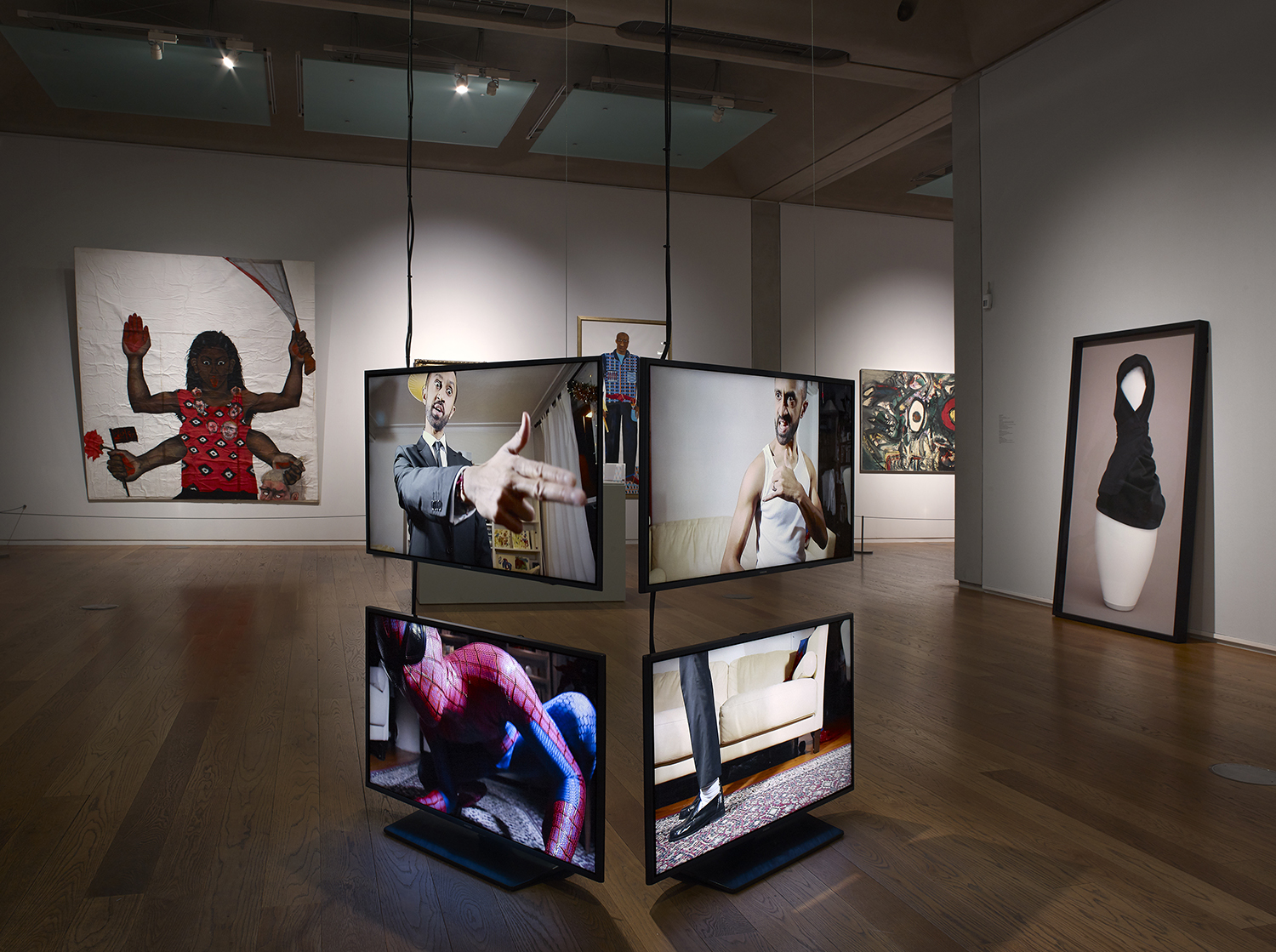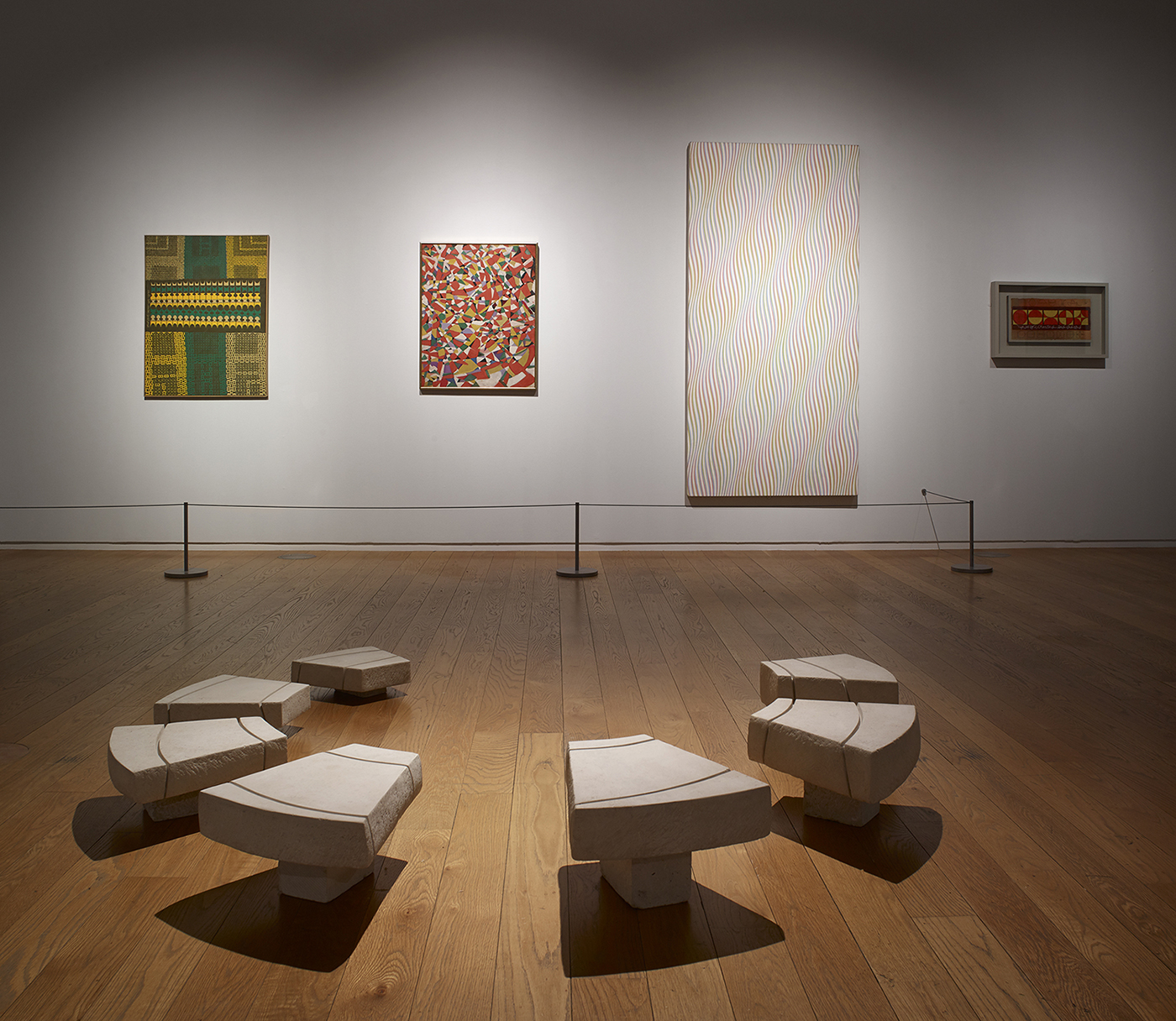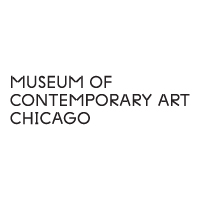Remembering Black-British Artists in “Speech Acts: Reflection-Imagination-Repetition”
By Annie Jael Kwan

Installation view of "Speech Acts: Reflection-Imagination-Repetition" at Manchester Art Gallery, 2018
Curated with an earnest agenda and a deft hand by Hammad Nasar with Kate Jesson, “Speech Acts: Reflection-Imagination-Repetition” at the Manchester Art Gallery (MAG) featured over 70 works drawn primarily from public collections in Manchester and Bradford, some of which had not been viewed by the public since their accession. Based on research led by the Black Artists & Modernism (BAM) project and its National Collections Audit, which examined the collecting practices of museums and galleries across the United Kingdom, the exhibition sought to uncover artworks by sidelined Black-British artists (defined as artists of African, Asian and Middle Eastern descent), presenting them alongside more established artists of color and thoughtfully integrating them into the broader narrative of British art history.
The first section, “Reflection,” focused on how artists of marginal identities performed their subjectivities. Rasheed Araeen’s Christmas Day (1979), from a series of photographic self-portraits taken on Christmas over several years, captures the artist as a blurred reflection on the window of a Circle Line train on a lonely winter’s day in London, his face mostly obscured by his camera. Similarly, Li Yuan-Chia’s vibrant Untitled (1994) self-portrait depicts the artist with his face covered by a scarf. Both of these works illustrate the tension between a desire for visibility and yet a resistance towards representation itself. In the historical context of the UK, where artists of marginal identities face being pigeonholed according to race, or discriminated against and excluded, these works depict how these artists express a sense of ambivalence with regards to paradoxes of visibility, such as having their works read with limitation to their autobiographies. Amusingly, the portraiture works in the room highlight the collective and mutual awareness of subjectivity—that of the role-playing artists and of those who watch their performances.
The central section of the exhibition, “Imagination,” was an homage to the enigmatic and largely forgotten artist Li Yuan-Chia, and the museum he established in Cumbria, which has since fallen to ruin. In its heyday, the museum exhibited the works of over 300 artists, some of whom, including David Nash and Bill Woodrow, became well-known figures in Britain. “Imagination” recreated a tiny room—featuring a multi-colored windowpane from the original museum, bearing the letters “LYC”—in which various materials from Li’s rich archive, such as letters and drawings by visitors to his museum, were displayed. The MAG Clore Art Studio was also furnished with playroom-style movable magnetic pieces, a hexagonal ping-pong table, and a drawing table as part of the exhibition, referencing the playful children’s activities that were also held at Li’s museum. Within this space, Helen Petts’s newly commissioned film about Li and hismuseum, Space and Freedom (2018), was screened on loop. The short film utilizes never-before-heard sound recordings of Li’s voice, and its subtle poignancy underpins the fragility of an artist’s legacy in collective memory.

Installation view of
“Repetition,” as explained by Nasar, served as a reminder of the power of repetition in sustaining public attention on the stories of marginalized groups. Here, Anwar Jalal Shemza’s study of geometric forms, One to Nine and One to Seven (1962), found resonance alongside the sculptural stone pieces in Kim Lim’s Spiral II (1983). The theme was extended whimsically to Mona Hatoum’s Static Portraits (Momo, Mary Ellen, Peter) (2000), where all three Polaroid images depict subjects with their hair raised by static. The same “Christmas Day” images by Araeen that were displayed in the first section were duplicated here to further underscore the necessity of repetition for helping artists to remain in the public consciousness.
“Speech Acts” exuded an unexpected sense of celebratory joy in its spotlighting of the forgotten and marginalized that would surely resonate for visitors of migrant identity (like myself). The exhibition also pointed to how much richer our collective sense of culture would be if we tried harder not to forget the varied histories and accomplishments of such figures, who have made significant artistic contributions to the UK, and are thus very much essential and entwined with our understanding of the country’s art history today.
“Speech Acts: Reflection-Imagination-Repetition” is on view at Manchester Art Gallery until April 22, 2019.
%20x%20135(H)%20px-03Rc-72dpi%20(2).jpg)






